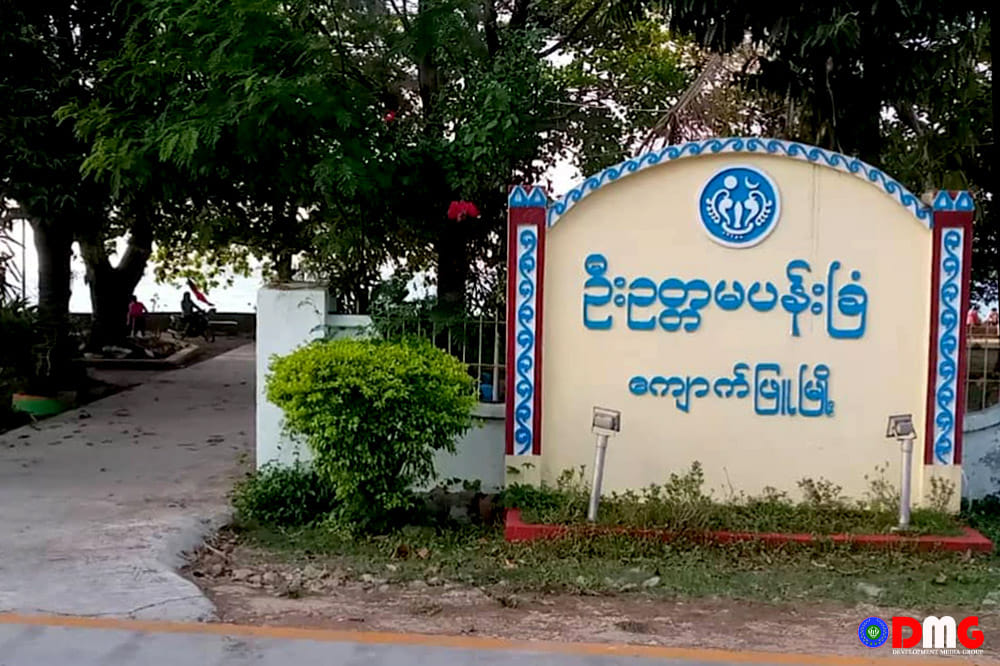

U Ottama Park is one of Sittwe's serene escapes located in the capital of Rakhine state, Myanmar (formerly known as Burma). Named after the famous Mon monk and national hero, Ashin Ottama, the park is not only a place of leisure and relaxation but also of historical and cultural importance. Situated adjacent to the Bay of Bengal, it provides a tranquil environment amidst the bustling town of Sittwe.
Ashin Ottama, after whom the park is named, was a prominent figure in the struggle for Burmese independence. He spent many years in British India and returned to Myanmar with strong nationalist sentiments. His efforts in the anti-colonial movement and commitment to social issues have made him an enduring symbol of resistance and resilience in Myanmar.
The park dedicated to him serves as a reminder of his contributions and is a site where locals and visitors pay homage to his legacy.
Tourism in Sittwe, and at U Ottama Park, has gone through various phases. Initially, the park was largely visited by the local population as a spot for family outings, community events, and relaxation. However, as Myanmar opened up to the world in the late 20th and early 21st centuries, the park began to receive more attention from international visitors curious about the country's rich culture and history.
The influx of tourists brought about the need for developing better facilities and services around the park. The local authorities made efforts to make the park more accessible and attractive to visitors, including the improvement of walking paths, seating areas, and informational signage detailing the park's significance.
Responsible Tourism is the latest trend in the region, with an emphasis on cultural sensitivity and sustainability. Visitors are encouraged to respect the local customs and environment while enjoying their stay in Sittwe and U Ottama Park.
Another trend that is shaping the tourism landscape in Sittwe is the focus on community-based experiences. Tourists are looking to engage with local communities, learn about their way of life, and participate in activities that leave a positive impact on the region.
The rise of digital nomadism has also put destinations like Sittwe on the map, where travelers seek destinations that are off the beaten path and provide unique experiences away from crowded tourist spots.
Despite the potential for tourism in Sittwe and the appeal of attractions like U Ottama Park, the region has faced challenges, such as political instability and conflict that have affected the flow of tourists. The government and local stakeholders are working on strategies to overcome these challenges and promote a peaceful and hospitable environment for visitors.
With the right approach, U Ottama Park has the potential to become a symbol of peace and reconciliation, drawing visitors from all over the world to experience its serene beauty and the rich history of Myanmar.